Menu
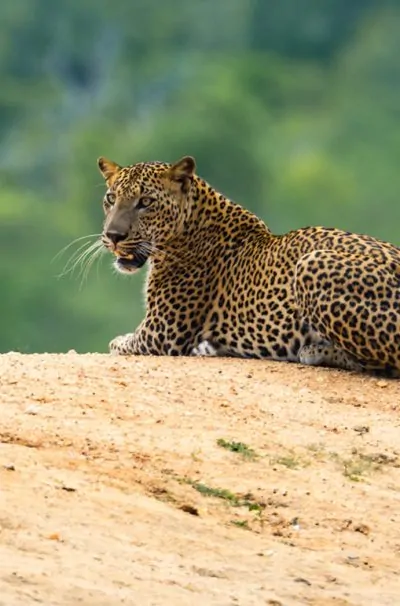
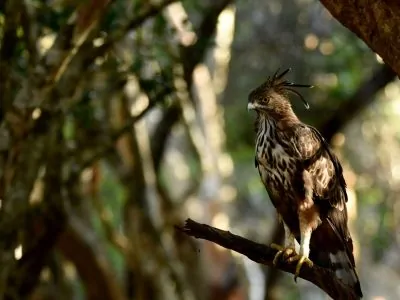
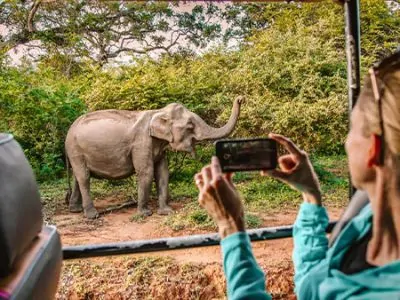
Wildlife in Sri Lanka is one of the island’s most treasured attractions, offering an incredible diversity of species, landscapes, and ecosystems. From the dense rainforests and vast grasslands to the coastal wetlands and arid plains, Sri Lanka is a paradise for wildlife enthusiasts. Home to a range of endemic species, as well as rare and endangered animals, the island is renowned for its rich biodiversity, making it one of the best destinations for wildlife safaris in Asia
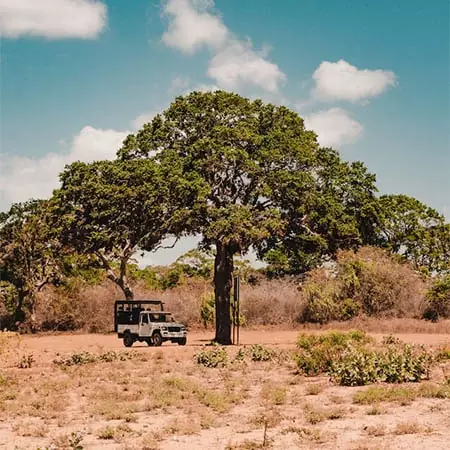
Yala National Park is one of Sri Lanka’s most famous and largest national parks, known for its stunning wildlife and dramatic landscapes. Located in the southeastern part of Sri Lanka, near Tissamaharama, Yala National Park covers over 1,000 square kilometers and is home to a diverse range of wildlife, including the Sri Lankan leopard, elephants, crocodiles, and countless bird species. For nature lovers, wildlife photographers, and safari enthusiasts, Yala National Park offers an unmatched opportunity to explore one of Sri Lanka’s premier wildlife destinations.

Wilpattu National Park is one of Sri Lanka’s most iconic and oldest national parks, located in the northwestern region of the island, near Anuradhapura. Covering an expansive 1,300 square kilometers, Wilpattu National Park is renowned for its incredible biodiversity, making it a must-visit destination for wildlife enthusiasts, nature lovers, and safari adventurers. With its dense tropical forests, wetlands, and numerous water bodies, Wilpattu is a prime location to spot a variety of wildlife, including the elusive Sri Lankan leopard.
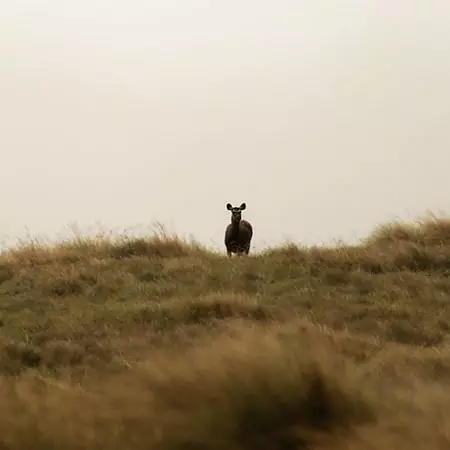
Horton Plains National Park is one of Sri Lanka’s most stunning natural landscapes, located in the central highlands of the island. Known for its breathtaking mountain views, misty forests, and unique wildlife, Horton Plains is a must-visit destination for nature lovers, hikers, and photographers. The park, covering an area of 3,160 hectares, is a UNESCO World Heritage Site and is recognized for its ecological significance and rich biodiversity.

Pigeon Island is one of Sri Lanka’s most beautiful and pristine destinations, offering a tranquil escape into nature. Located off the coast of Trincomalee, on the northeastern shore of Sri Lanka, Pigeon Island National Park is famous for its clear turquoise waters, vibrant coral reefs, and the wide variety of marine life that calls the island home. Whether you’re an avid snorkeler, diver, or simply a nature enthusiast, Pigeon Island promises an unforgettable experience.
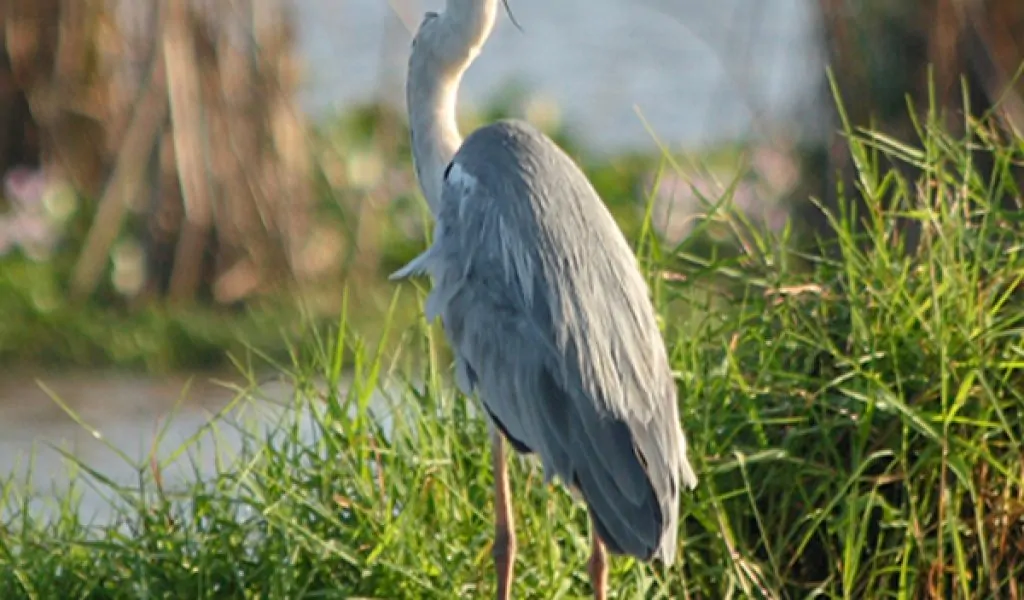
Kumana National Park is one of Sri Lanka’s most significant wildlife reserves, known for its rich biodiversity and stunning natural landscapes. Located in the southeastern part of the island, near the town of Ampara, Kumana National Park is a must-visit destination for wildlife enthusiasts, bird watchers, and nature lovers. The park is famed for its unique combination of wetlands, grasslands, mangroves, and dense forests, making it a perfect haven for diverse wildlife.
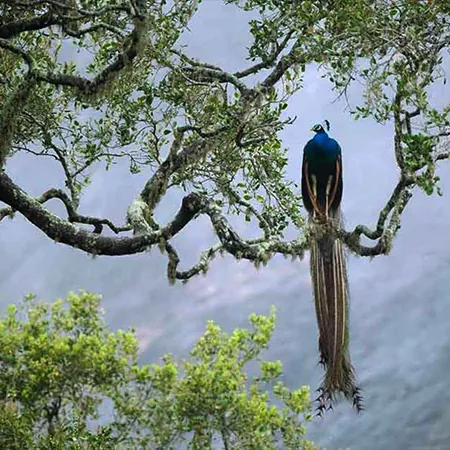
Sinharaja Forest Reserve is one of Sri Lanka’s most important and biodiverse rainforests, recognized as a UNESCO World Heritage Site. Located in the southwest of the island, Sinharaja covers approximately 11,000 hectares and is considered one of the last remaining tropical rainforests in Sri Lanka. Famous for its rich biodiversity, the forest is a paradise for nature lovers, wildlife enthusiasts, and eco-tourists. The dense, untouched forests of Sinharaja offer a unique opportunity to explore Sri Lanka’s natural beauty, making it an essential destination for travelers interested in hiking, bird watching, and experiencing the island’s native flora and fauna.

Whale watching in Sri Lanka has become one of the most exciting and popular wildlife experiences in the Indian Ocean. Sri Lanka, with its pristine coastal waters and strategic location, is one of the best places in the world to witness the majestic migration of whales, including the blue whale—the largest animal on Earth. The country offers unparalleled opportunities for whale watching, especially along its southern and eastern coasts, making it a top destination for marine life lovers, photographers, and adventure seekers.
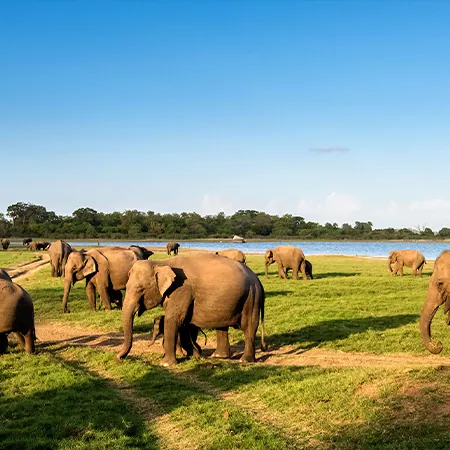
Minneriya National Park, located in the North Central Province of Sri Lanka, is one of the country’s premier wildlife reserves. Famous for its large population of Asian elephants, Minneriya is a must-visit destination for wildlife enthusiasts, photographers, and nature lovers. The park, covering an area of over 8,800 hectares, offers a unique glimpse into Sri Lanka’s natural beauty and biodiversity, especially during the famous Minneriya Elephant Gathering, a remarkable event that attracts thousands of elephants to the park’s central reservoir.
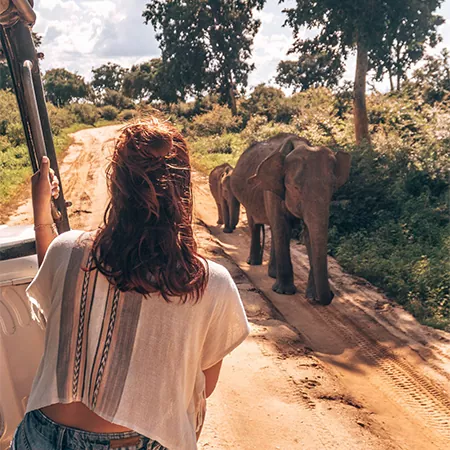
Udawalawe National Park, located in the Sabaragamuwa and Uva provinces of Sri Lanka, is one of the top wildlife destinations on the island. Spanning over 30,000 hectares, this park is best known for its large population of Sri Lankan elephants, making it a top attraction for safari enthusiasts, nature lovers, and wildlife photographers. The park’s diverse ecosystems, including grasslands, scrublands, and wetlands, support a wide variety of animals, birds, and plant species, making Udawalawe National Park a must-visit destination for those looking to experience Sri Lanka’s rich biodiversity.
WhatsApp us